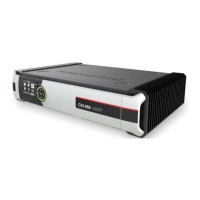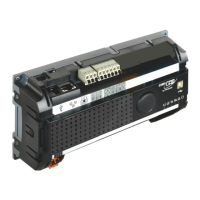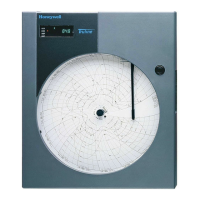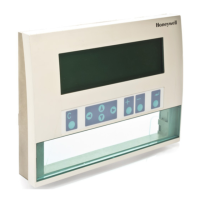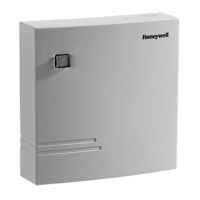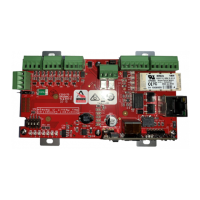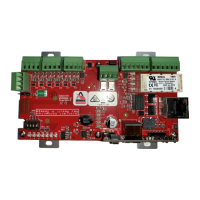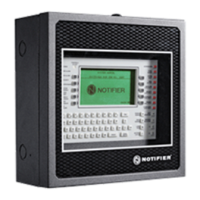perating and Installation
handshaking (also called “software hand
shaking”) uses two ASCII characters to stop
and start the flow. The CNI
will send an “Xoff” (19 decimal or 13 hex) to the
stop the transmission, and an “Xon” (17 decimal or 11 hex) to resume transmission. Once an
should halt its transmission. Also the DSR line will
remain positive throughout the session. When the connection is terminated the DSR line will go
negative for a brief moment and then go positive until the next connection.
is selected the DSR line will remain positive throughout the session. When the
connection is terminated the DSR line will go negative for a brief moment and then go positive
until the next connection.
In CSD mode each byte of data fro
passed on to the central computer, and visa versa. In this case flow control is generally not
” can be selected as the flow control method.
bytes in one message and must
receive a response before sending another message, then the flow control can be set to
Select this when using the optional RS485 conversion board and only when it is being used in
In packet mode the data from the serial device is assembled into “packets” and sent on to the
central computer. The maximum size of the packet is programmable and cannot exceed
bytes. The data from the serial devic
e is sent out whenever it exceeds the maximum packet
However some or all messages from the serial device may never exceed the maximum packet
must have a way to determine when the serial device’s message is
ady to send to the host. Some serial devices may
particular character like a carriage return or line feed. However for other devices these two
characters may be meaningful data. Therefore searching for a particular terminating
may not work in all cases.
determines when a message is complete when there have been no characters
received from the serial device for a certain period of time. This value can range from 1 to
65535 milliseconds and may have to be d
etermined experimentally. A value that is too low may
cause a message to be sent is several packets. Also, each packet contains the device’s
message along with some overhead information used for routing and error checking. Breaking
into several packets means more overhead and could affect the cost of
the cellular service. Remember, the cost of packet service is usually based on the number of
bytes exchanged in a month.
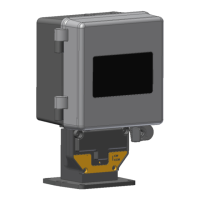
